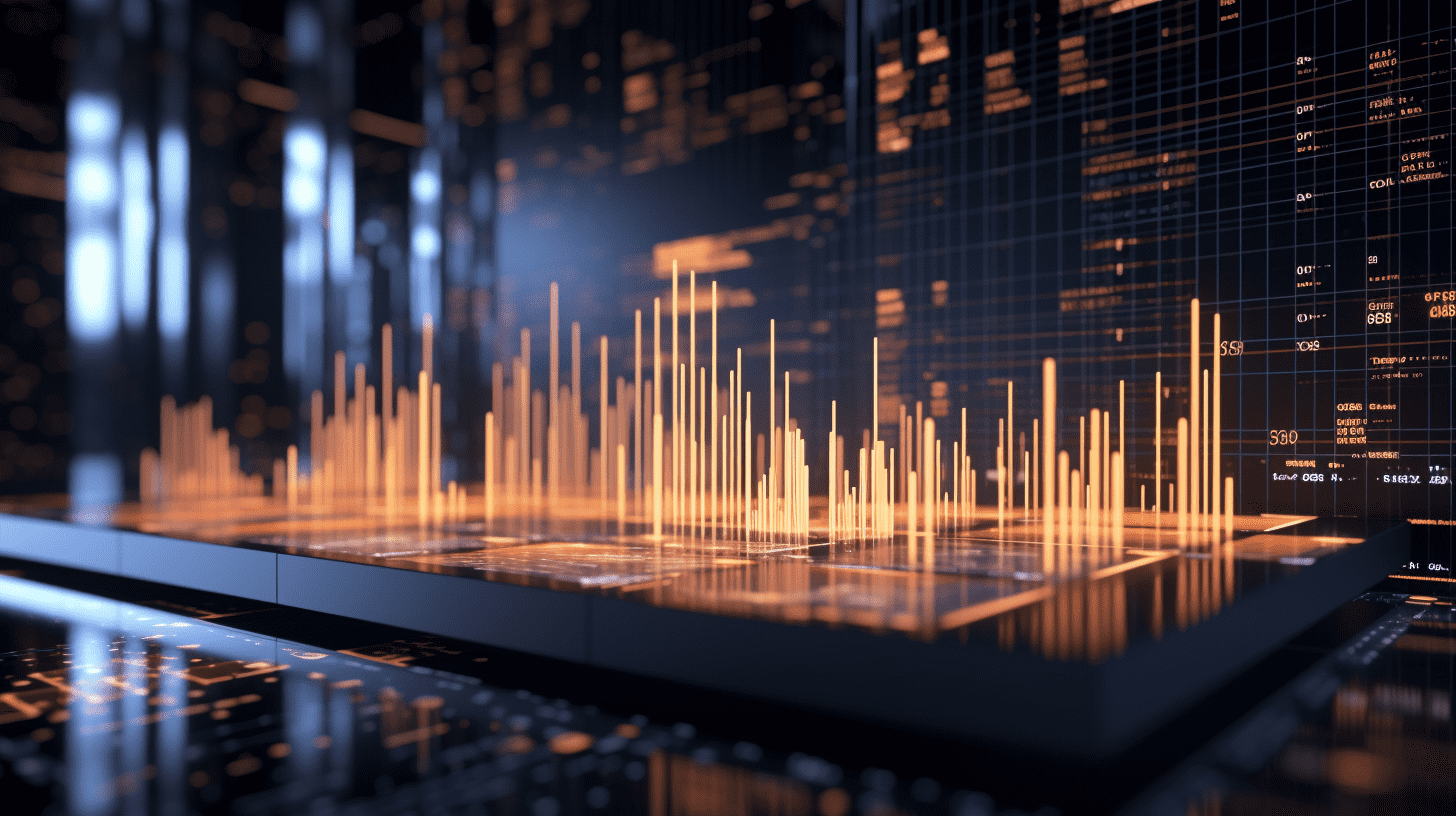Soochow: Chinese photovoltaic equipment has significant advantages, optimistic about the new opportunities for equipment going abroad.
Dongwu Securities released a research report stating that domestic equipment suppliers are tied to leading customers, continuously investing in research and development, leading in technology, and having low labor costs in China. The supply system for equipment components is sound, with high equipment cost performance, strong delivery capabilities, and fast post-sales response.
Soochow released a research report stating that domestic equipment manufacturers are tied to leading customers, continuously advancing in research and development, leading in technology, with low labor costs in China, a sound equipment parts supply system, high cost-effectiveness of equipment, strong delivery capability, and fast after-sales response. On May 22, 2024, the Office of the United States Trade Representative (USTR) proposed to further increase tariffs on Chinese products such as photovoltaic cells, raising the tariff rate on photovoltaic products from 25% in 2019 to 50%.
In terms of photovoltaic equipment, the U.S. government has set a window for photovoltaic equipment to be exempt from tariffs until May 31, 2025, in order to promote the reshoring of manufacturing, thus Soochow believes that American equipment orders are likely to accelerate. As for individual stocks, Soochow specifically recommends Suzhou Maxwell Technologies (300751.SZ) and Wuxi Autowell Technology Co., Ltd. (688516.SH).
Soochow's main points are as follows:
Positive about the development of AI and the demand for photovoltaic power brought about by interest rate cuts, the construction of domestic photovoltaic capacity in the United States is on the rise.
TrendForce predicts that the total newly installed photovoltaic capacity in the United States in 2024 will reach 50GW, with the potential to exceed 60GW in 2025. The key to future demand lies in the outbreak of AI bringing about a large amount of electricity demand to fill the power gap, while geothermal and nuclear power have geographical limitations and long construction periods, photovoltaic power plants have a relatively short construction period and are not restricted by geographic location. On the demand side, the sensitivity of American photovoltaic users to prices is not high, and component prices have a significant premium. From the supply side, the United States has imposed tariffs on imported photovoltaic products such as the 201 and 301 policies, thus self-built capacity is imperative. The IRA Act has also been introduced to provide subsidies for domestic photovoltaic projects in manufacturing and installation. In terms of production, there is a significant difference in cost structures between the United States and China, mainly in labor, hydroelectricity costs, and fixed asset depreciation. Factors such as shortage of skilled workers, high wages, and low efficiency result in labor costs in the United States being twice that of China, while the difference in hydroelectric costs mainly lies in sewage treatment, where the cost in the US is 2.7 times that of China.
HJT is the most optimal solution for the U.S. photovoltaic market, with significant advantages in cost and patents compared to TOPcon.
Compared to TOPcon, HJT can reduce carbon emissions by 20% (low-temperature process throughout), save 70% of electricity (fewer processes & low-temperature processes), reduce labor by 60% (only 4 processes), and save 20%-60% of water. Therefore, it is the most suitable photovoltaic technology route for expanding production in the U.S. With subsidies in the U.S., the profit level of HJT is approximately 5.6 cents/watt, and at this level of profitability, the equipment investment can be recouped in about 1.2 years. In addition, the patent protection mechanism in the United States is sound, with TOPcon and BC having significant patent risks, while HJT technology was initially proposed by Walther Fuhs in 1974, and improvements were made by Sanyo in 1989 with patents applied. These patents expired in 2011-2013, so in overseas markets, especially in the U.S., the planning of production capacity will not be subject to patent lawsuits from the founding companies. Currently, many overseas photovoltaic companies have begun to establish HJT production lines. Among foreign companies, Meyer Burger, Revkor, Enel, and NuVision Solar are all planning HJT production capacity.
Chinese photovoltaic equipment has significant advantages, poised for new opportunities in overseas markets.
Domestic equipment manufacturers are tied to leading customers, continuously advancing in research and development, leading in technology, with low labor costs in China, a sound equipment parts supply system, high cost-effectiveness of equipment, strong delivery capability, and fast after-sales response. On May 22, 2024, the USTR proposed to further increase tariffs on Chinese products such as photovoltaic cells from the existing 301 tariffs, raising the tariff rate on photovoltaic products from 25% in 2019 to 50%. As a result, it is believed that American equipment orders are likely to accelerate landing.
Investment recommendations: Specifically recommend Suzhou Maxwell Technologies and Wuxi Autowell Technology Co., Ltd.
Risk warnings: Industry risks influenced by policy fluctuations, risks of technological research and development progress falling short of expectations.
Related Articles

Shenzhen Hello Tech Energy(301327.SZ): Strong performance hits record high, revenue and net profit both break through.

Johnson & Johnson's financial condition is stable, and Standard and Poor's has removed the downgrade warning.

HK Bull/Bear Outstanding Qty Ratio(52:48) | April 26th
Shenzhen Hello Tech Energy(301327.SZ): Strong performance hits record high, revenue and net profit both break through.

Johnson & Johnson's financial condition is stable, and Standard and Poor's has removed the downgrade warning.

HK Bull/Bear Outstanding Qty Ratio(52:48) | April 26th

RECOMMEND

Pan Gongsheng: Will implement a moderately loose monetary policy to promote high-quality development of the Chinese economy.
25/04/2025

Canadian Prime Minister Trudeau: No rush to reach agreement with Trump, US side eventually needs to face reality.
25/04/2025

Alphabet (GOOG.US, GOOGL.US) first quarter revenue and profits exceed expectations, driven by AI and cloud computing performance growth.
25/04/2025


